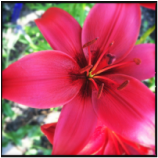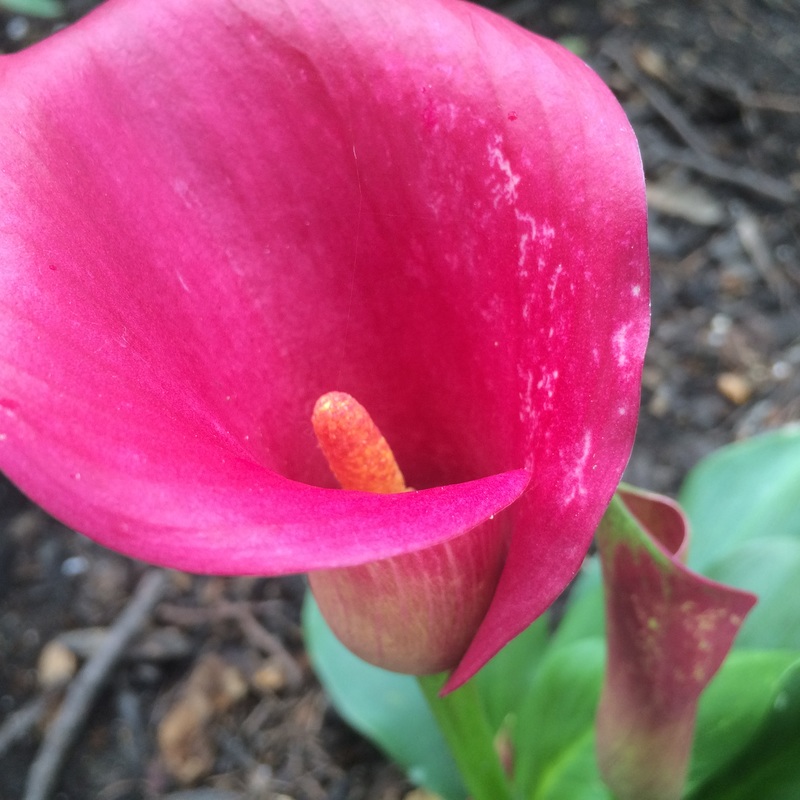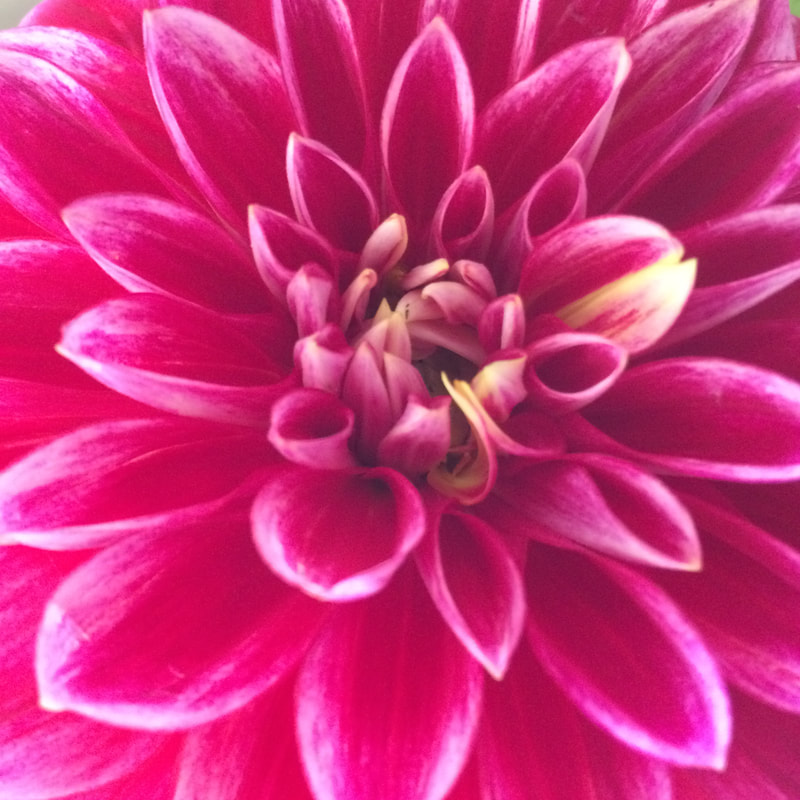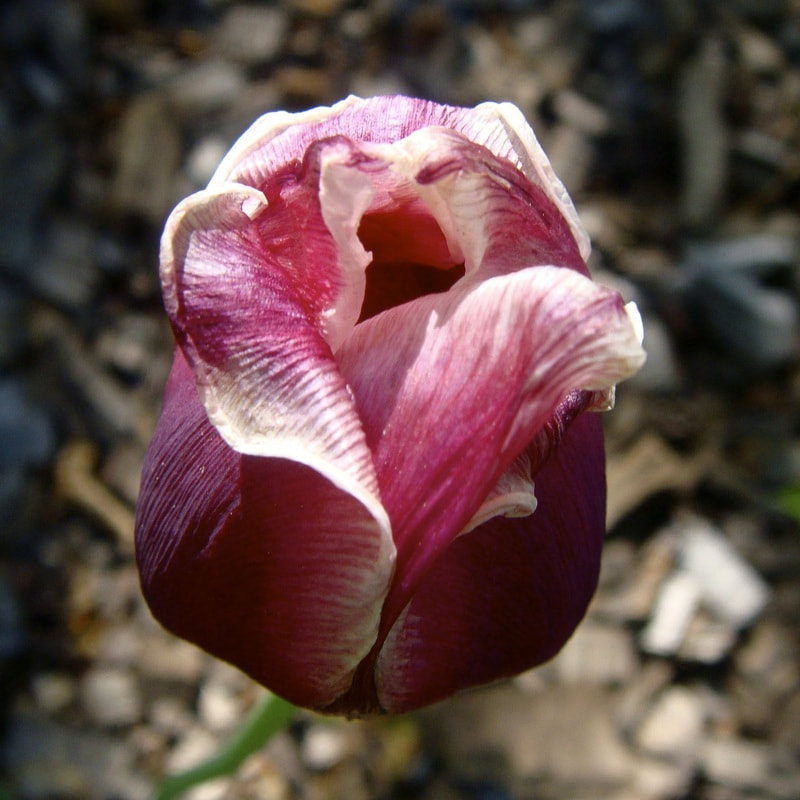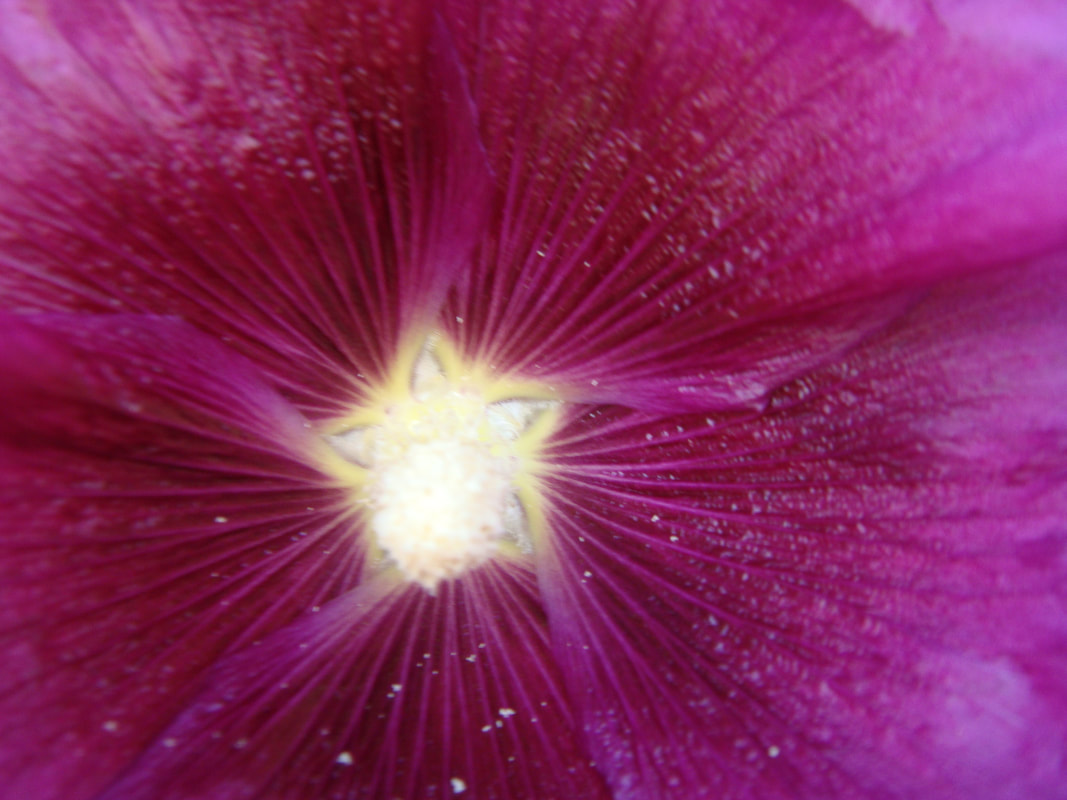Please be courteous with the information and ideas you find here. The ideas are to be shared, but please credit the original author.
Click here for the In the Classroom resources.
[Creative] Nonfiction Novella:
Teaching the Hybrid Genre of Jamaica Kincaid’s A Small Place
Meghan Buckley
5.1
|
Arguably, then, A Small Place operates as a hybrid text; in parts all the above descriptors, but one that perhaps best aligns with that of a creative nonfiction novella, but an explanation of my meaning is necessary, as in recent years short nonfiction texts have begun to adopt the term “novella” while remaining creative nonfiction (a nod to the nonfiction novel, with Capote and Mailer as prime examples, is also necessary here). For my purposes, using the term “creative nonfiction novella” represents Kincaid’s hybrid use of both fiction and nonfiction in this text. The in-between-ness of this genre conversation speaks to the in-between-ness of Kincaid’s text as a whole: the writer herself lodged between her Antiguan roots and her United States residency, the writings contained therein negotiating the “real Antigua” known to the native and the “ideal Antigua” viewed by the tourist. In combining these two seemingly disparate factors of the fictional and nonfictional into one text through a careful yoking of specificity and allegory, Kincaid widens the scope of what constitutes acceptable form within postcolonial writing, itself both a literary genre and theoretical framework heavily informed by historical record. As a creative nonfiction novella, A Small Place successfully straddles the line between primary and secondary/critical text, its ability to be studied as both offering unique pedagogical implications in higher education courses on topics which range in focus from genre studies, to postcolonial literature, to travel narratives, and to geopolitical and environmental writing. Click here to continue reading.
|
Memoir as Cross-Cultural Practice in Italian American Studies
Edvige Giunta
5.1
|
Vertigo signaled the beginning of a new phase of feminist Italian American writing. It also influenced much of my own work as an Italian American scholar (Caronia and Giunta 8-9). Reading Vertigo at an early stage in my career marked a pivotal shift as I grappled with my own ambivalent relationship to my culture of origins, which I articulated by infusing bits of memory work into my own scholarly writing. When, a year or so after reading Vertigo, I started teaching memoir, I recognized the potential for cross-fertilization between that genre and Italian American studies. Such recognition has led to important if not always simple collaborative relationships with writers, as well as experimenting in a kind of writing that, in the spirit of feminist practices, collapses the personal and the political. My work in Italian American studies has also deeply influenced my pedagogical practice. The concepts of emergence, recovery, recognition, agency, and community, for example, have proven essential to my work as an Italian American scholar and as a teacher of memoir. Now, going full circle, I want to propose that the pedagogy of memoir can contribute to the field of Italian American studies. Indeed, memoir writing offers unique opportunities for cultural practices that would allow Italian American studies to transcend disciplinary and cultural limits, thus enhancing the field’s increasing relevance beyond insular boundaries. Such boundaries can lead to a self-defeating cultural or nationalistic identity or identification to which memoir, as a cross-cultural pedagogy, offers an effective and exciting antidote. Click here to continue reading.
|
Gender Identity in Personal Writing: Contextualizing the Syllabi
Jody Keisner
5.1
|
The intended audience for my course “Gender Identity in Personal Writing” are undergraduates who have completed their general education composition requirements. Because my English course has no additional pre-requisites and is cross-listed with Women’s & Gender Studies and LGBTQ/Sexualities Studies, it attracts a wider variety of majors and minors than from what normally populates my English classes. It’s also an elective, and the students that have filled the seats up to the present have expressed a vested interest in gender identity and/or creative nonfiction. In other words, while their experience with the topics might be limited, I’ve discovered that their willingness to explore the topics has not been. Keeping in mind the varying levels of knowledge of gender identity and creative nonfiction my students would likely have, I designed the course to introduce them to the basic concepts of each, offering students time and practice with new concepts—engagement with “diverse sexualities and genders” and “new lines of thinking and understanding” (Helmer 35)—while gradually building to more nuanced and challenging explorations of gender identity and creative nonfiction. Click here to continue reading.
|
Workshop Wild
Terry Ann Thaxton
5.1
|
Just like when I grow tired of the ruts in my writing, I’ve grown tired of workshops. I’ve been teaching the conventional studio method for too long, and I’m bored with it. I tell my graduate students—poets and nonfiction writers—that this semester each workshop participant will choose the way she wants her workshop time spent. I give them some possibilities.
Since our MFA program does not have enough poets or enough nonfiction writers to fill a single graduate workshop, and because I’m particularly interested in hybrid and experimental forms of writing, I offer to teach this section of graduate workshop with nonfiction writers and poets. The nonfiction writers are hiding behind trees, afraid they won’t know how to talk about line breaks in poems. I bring in a stack of handouts and a booklist for them so that the nonfiction writers can catch up on prosody. I remind them that they probably know more than they’re giving themselves credit for. Some of them even write a poem or two for practice. The poems are strong, wicked, beautiful, and heartbreaking. During the summer before workshop starts, when I’m planning for class, I ask colleagues around the country for ideas for different ways to run workshop. One colleague suggests April Ossman’s method of workshop in which she turns the “traditional workshop model on its head by asking the author being critiqued to speak first and critique her/his own work, noting correlations between the criticisms s/he has for other participants’ works (written down in advance of the workshop) and her/his own before group discussion of the work begins.” I tell my students that for their workshop, they can do this, design their own type of workshop, or let me design workshop. The students are game. They want something wild. Click here to continue reading. |
Contesting Traditions: Oral History as Creative Writing Pedagogy
Amanda Wray
5.1
|
Oral history research methods and rhetorical studies are essential to the work of creative writing. Such research methods can build empathy and critical consciousness among writing students while also honing their creative writing skills and personal inspiration. First-person narrative is a rather traditional mode of inquiry for anthropologists and sociologists to inform their academic writing (Smith and Jackson). Likewise, in the field of cultural and social geography, oral history is emerging as a vital academic approach for politically committed social historians (Riley and Harvey, Tedlock). Many novelists, even, rely on oral history and interview research to inform their writing, including Dave Eggers, Anna Funder, Tobias Hecht, and Padma Viswanathan. In fact, oral history infiltrates most art disciplines including visual arts (Sandino and Partington, Kwan), dance (Debenham), poetry (Glesne, Richardson), and theatre (Epstein, Paget). Creative writing workshops and symposiums devoted to oral history have emerged in the past five years, including the Oral History Summer School, which began in 2012 in Hudson, NY, Concordia University’s “Oral History and Creative Writing: Producing Place,” and Lethbridge University’s writer workshop “Using Oral Histories to Write Creative Nonfiction.” The presence of oral history within creative writing education programs and publications attests to its validity as a mode of inquiry. By integrating oral history research into the creative nonfiction workshop—as a research methodology and also a subject for study—I hoped that creative writing students could collect distinct stories about the history and people of a particular area in our city that was experiencing significant gentrification and social change. By using oral history as a mode of inquiry, the students learned valuable things about crafting narrative structure, cultivating ethos as a writer and researcher, and packaging complex, racialized histories into character stories. Click here to continue reading.
|

